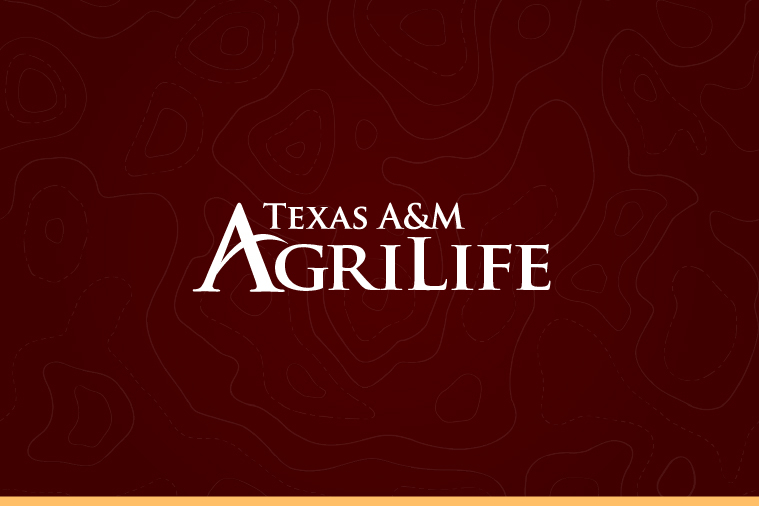From exploring salmonella infections in chickens to teaching future poultry scientists
Current doctoral student Ally Milby-Blackledge shares her academic journey and successes
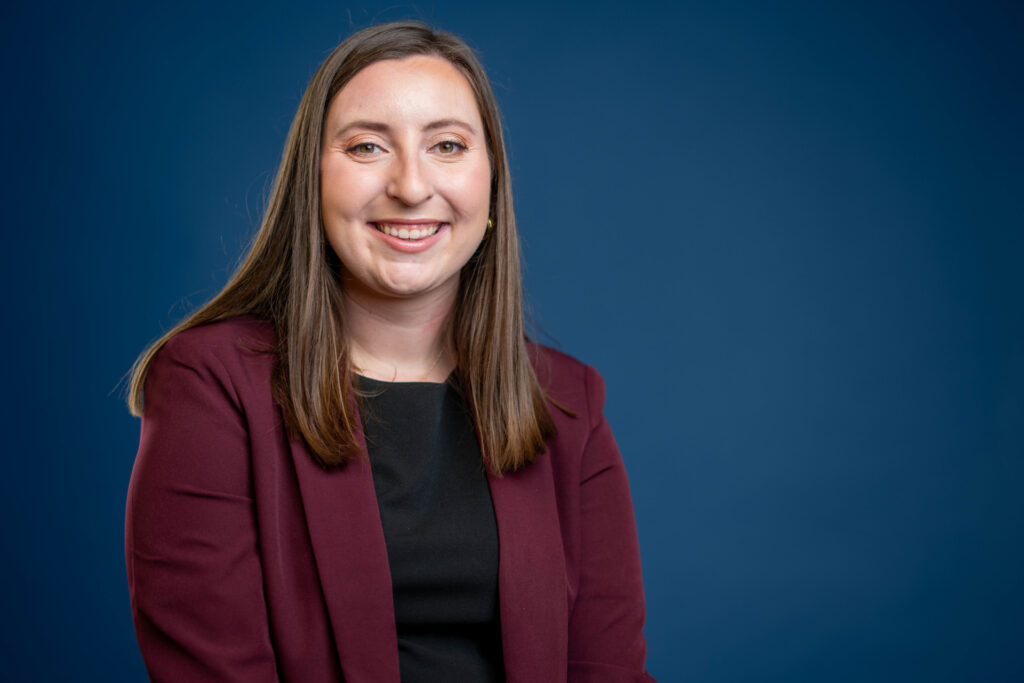
Graduate student Ally Milby-Blackledge ’21 is beyond proud to be a part of the Department of Poultry Science in the Texas A&M College of Agriculture and Life Sciences.
As a second-generation Aggie, following in the footsteps of a proud former student — her mother graduated in ’82 — Milby-Blackledge found a natural connection to Texas A&M University. She graduated from the department and is now a doctoral student working with Morgan Farnell, Ph.D., associate department head and Texas A&M AgriLife Extension Service avian microbiology and immunology program leader.
Milby-Blackledge has also been named a Tom Slick Fellow by the College for the coming academic year for her research efforts exploring how salmonella infections in chickens react to different interventions.
Beyond the laboratory, her commitment propels her to serve as a leader across campus, including as the president of the Poultry Science Graduate Student Association. Milby-Blackledge also has a long-standing love for teaching and has spent time leading POSC 302: Avian Science Laboratory for incoming freshman.
“I have always enjoyed working with students and being able to teach in some capacity,” she said. “I love seeing students’ faces light up when they start to understand something. I love being a part of the growth of our future generations through teaching.”
Balancing the demands of a doctoral program and her leadership roles, she sat down with us to reflect on the challenges, the sense of accomplishment and the support of a department that has become a second family.
Why did you choose to study poultry science at Texas A&M?
My mom graduated in ’82, so we have always been interested and involved in Texas A&M. For me, I always knew I was going to be an Aggie. I became involved in poultry because of my high school ag teacher. The more I learned the more I wanted to help solve problems that lay ahead in our industry, and that’s how I ended up here.
I wanted to be part of the poultry science department because we’re one of six in the nation. Our department is ranked No. 1 on College Factual, so why would I not attend the best?
Tell us more about your experience as a current doctoral student.
I have always considered a graduate degree, and I started in Dr. Farnell’s lab in my second semester of freshman year. I had become acquainted with him and the lab’s members and knew I wanted to take it further.
Being a Ph.D. student is hard, but it is so rewarding to see that your science, whether you like to believe it or not, is going to make a difference. I love being a woman in STEM, and I appreciate the department that is so helpful to its students. We have such a family oriented department, and they’re excited about our accomplishments, regardless of what we’re doing. It’s been a really rewarding process. It can be difficult and strenuous, but I’m glad I’m doing it.
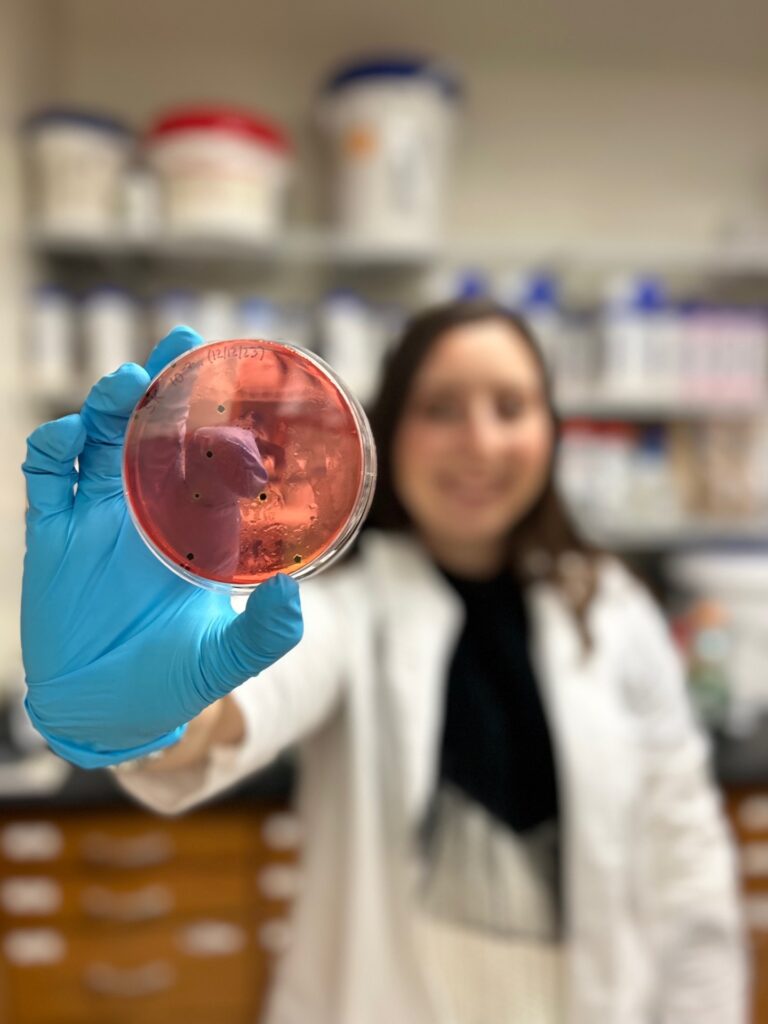
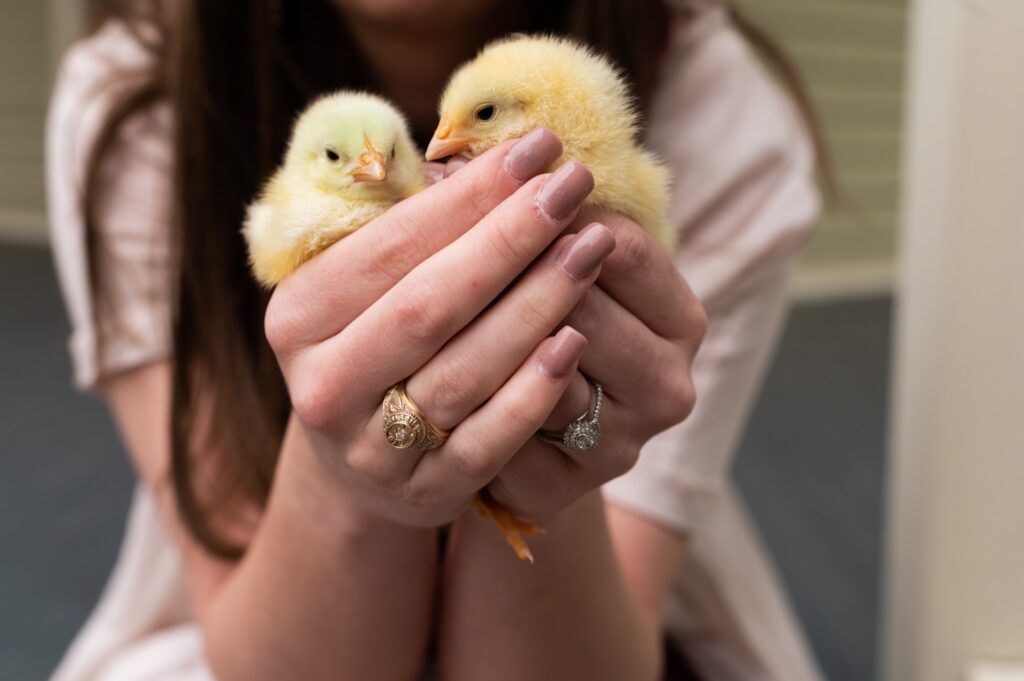
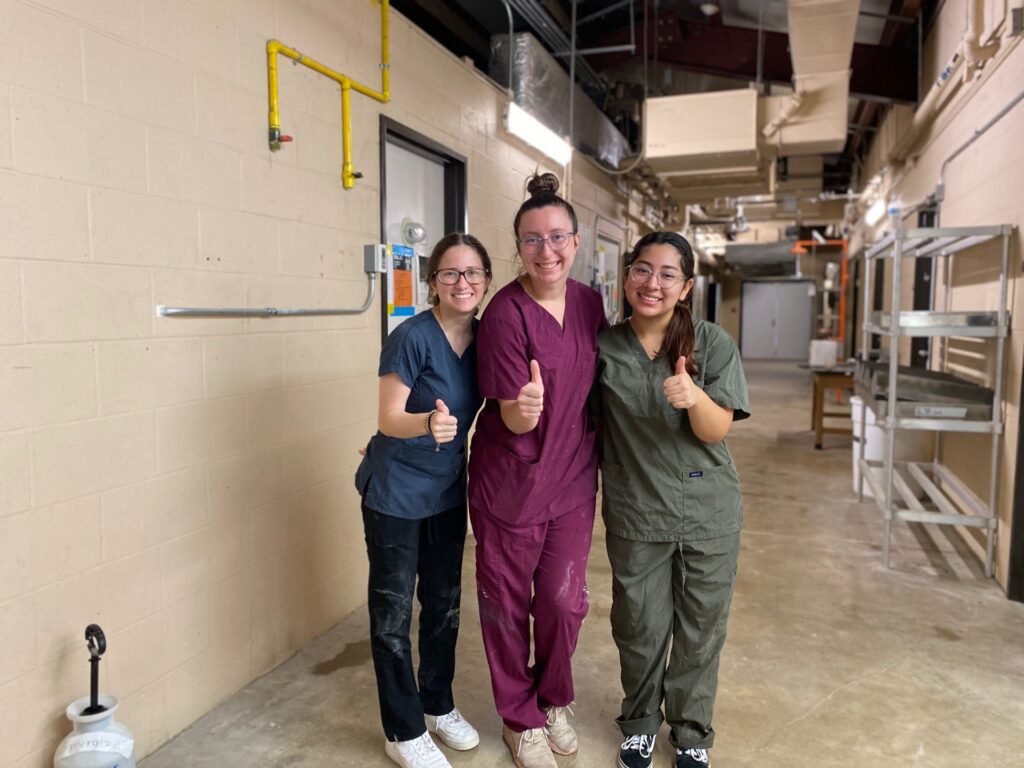
What does your poultry science research focus on?
I focus mainly on microbiology and immunology. I have completed all my projects and have done a lot of research, mainly on egg-laying hens. I focus on trying to reduce salmonella in chickens, which involves testing different antibiotic alternatives and vaccines. I’ve worked with both layers and broilers, our meat birds. I look at the immune response in the chicken to see how it reacts to salmonella infection.
Salmonella is a major foodborne pathogen found in poultry meat and egg products. It causes millions of infections each year. The Centers for Disease Control and Prevention estimates that nearly one in every 25 packages of chicken are contaminated with salmonella because it can contaminate chicken without people knowing. Please cook your meat and eggs.
As for my research, it builds basic knowledge on the profile of the chicken immune response to salmonella and salmonella colonization, and also has great potential to develop better treatments to decrease foodborne illness caused by salmonella infection.
Tell us about your involvement with the Poultry Science Graduate Student Association.
Right now, I am the president of the club. We do several socials to get people from other labs to join us, so we look forward to those.
How has your experience been teaching a poultry science class to incoming students?
I taught POSC 302 for about a year and a half. In the course, we taught overarching themes they’d see throughout the department and the classes they’d be taking. It’s an immersive lab for them, giving the freshmen an idea of what to expect throughout their next few years in the College.
It was incredible to meet all these incoming freshmen in our department. Seeing them now and watching them graduate is so rewarding to know I was a part of their core memories as a freshman here.
What advice would you give to a prospective student pursuing a degree in poultry science?
Talk to anyone and everyone because, one way or another, those connections could become a part of your future career. Making those connections early is so important. Also, try to have fun. Enjoy your time in the department while you still have it, take those memories and run with them.
What does being a Tom Slick Fellow mean to you for the upcoming year?
The Tom Slick Fellowship is offering me the time to write my dissertation. I am so appreciative of the College for this fellowship because this is the hardest part of having a Ph.D. I am grateful that I have the funding and can pursue my research without worrying about anything else. It is providing resources I need to graduate, and I could not be more thankful.
What has been your favorite memory as an Aggie?
Aggie football all the way. All my friends will tell you to bring me to an Aggie football game, and you will see a different side of me. I was here when we won against LSU 74-72. The excitement with all the other Aggies around us is one of my favorite memories.


